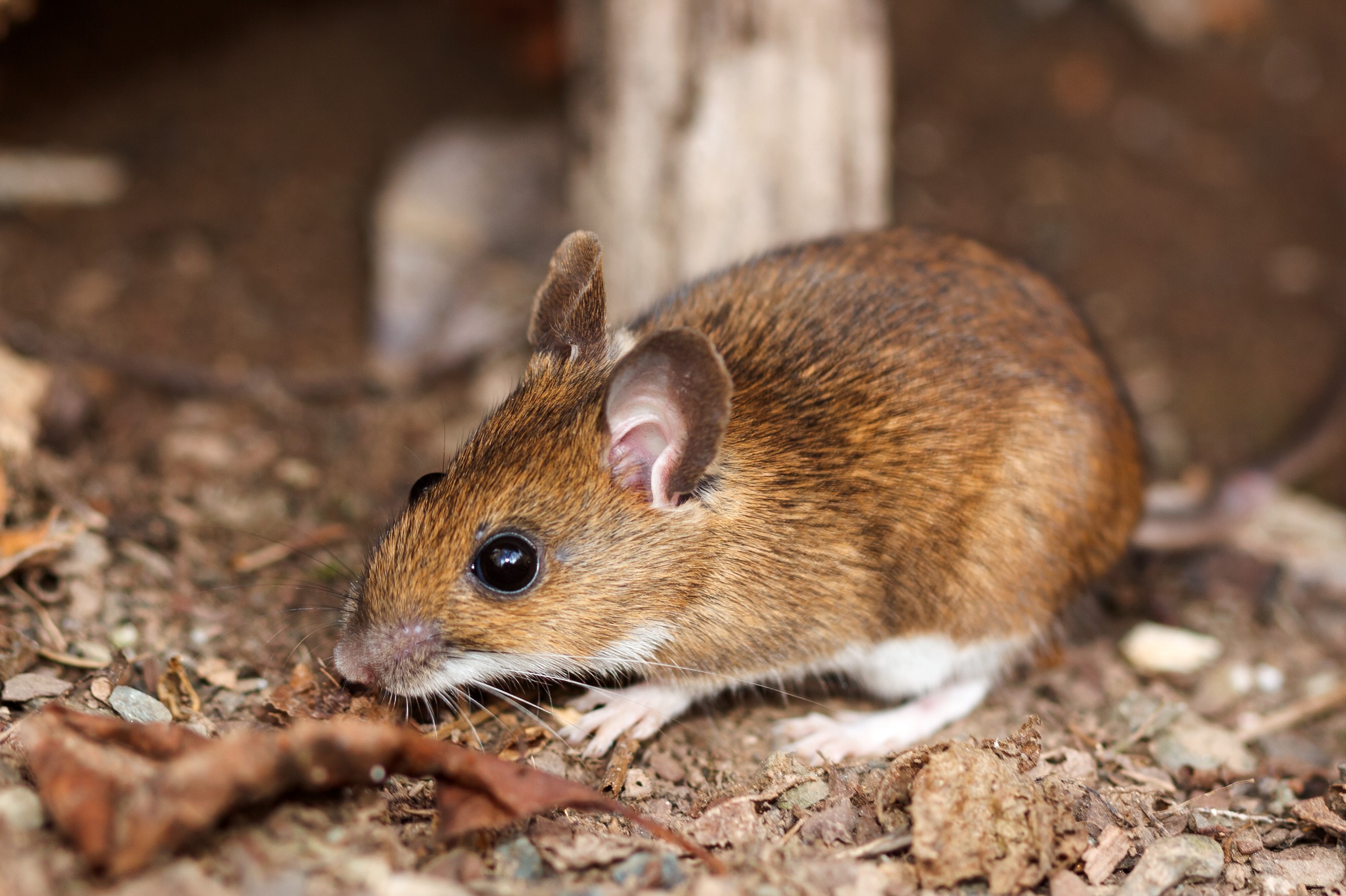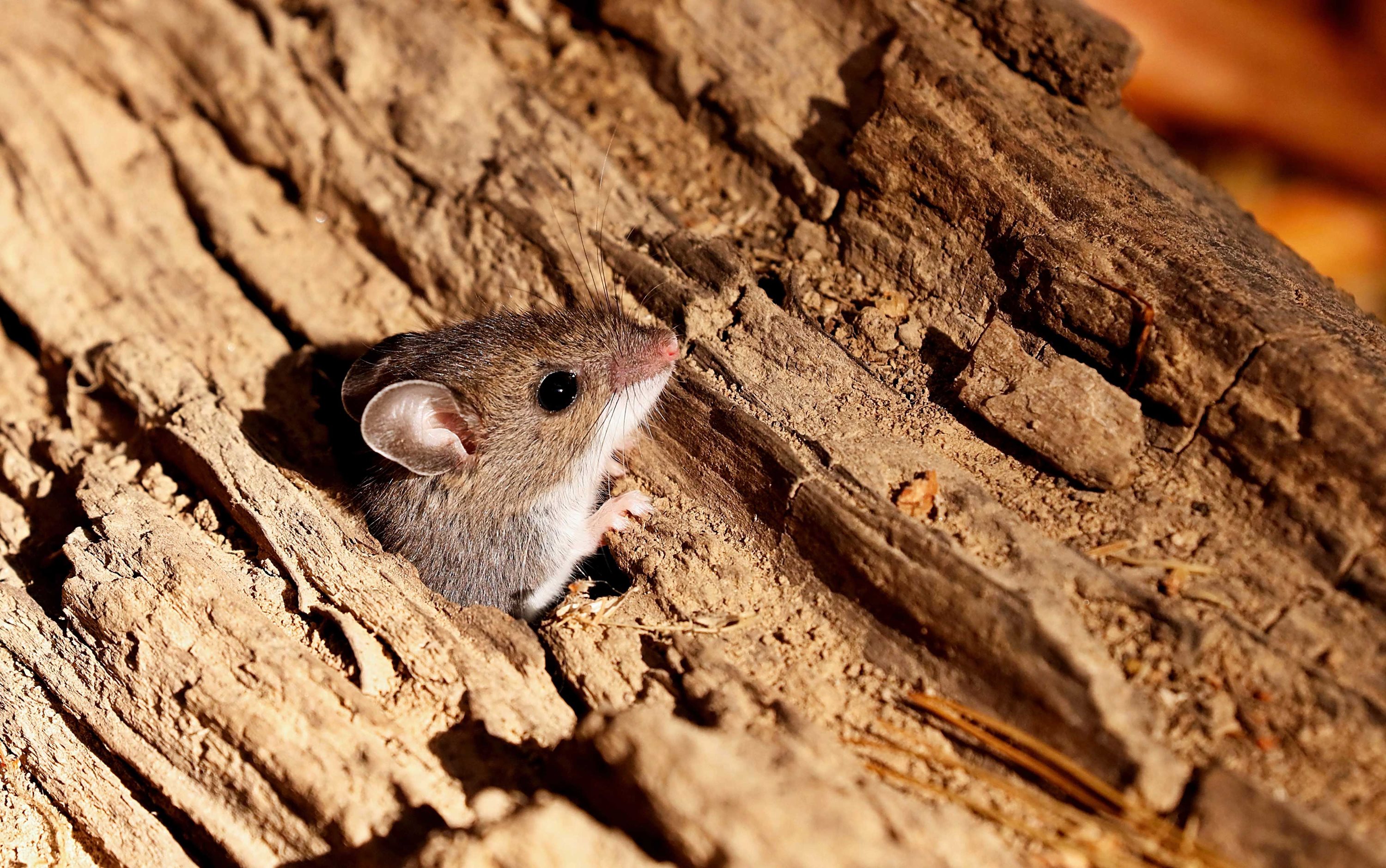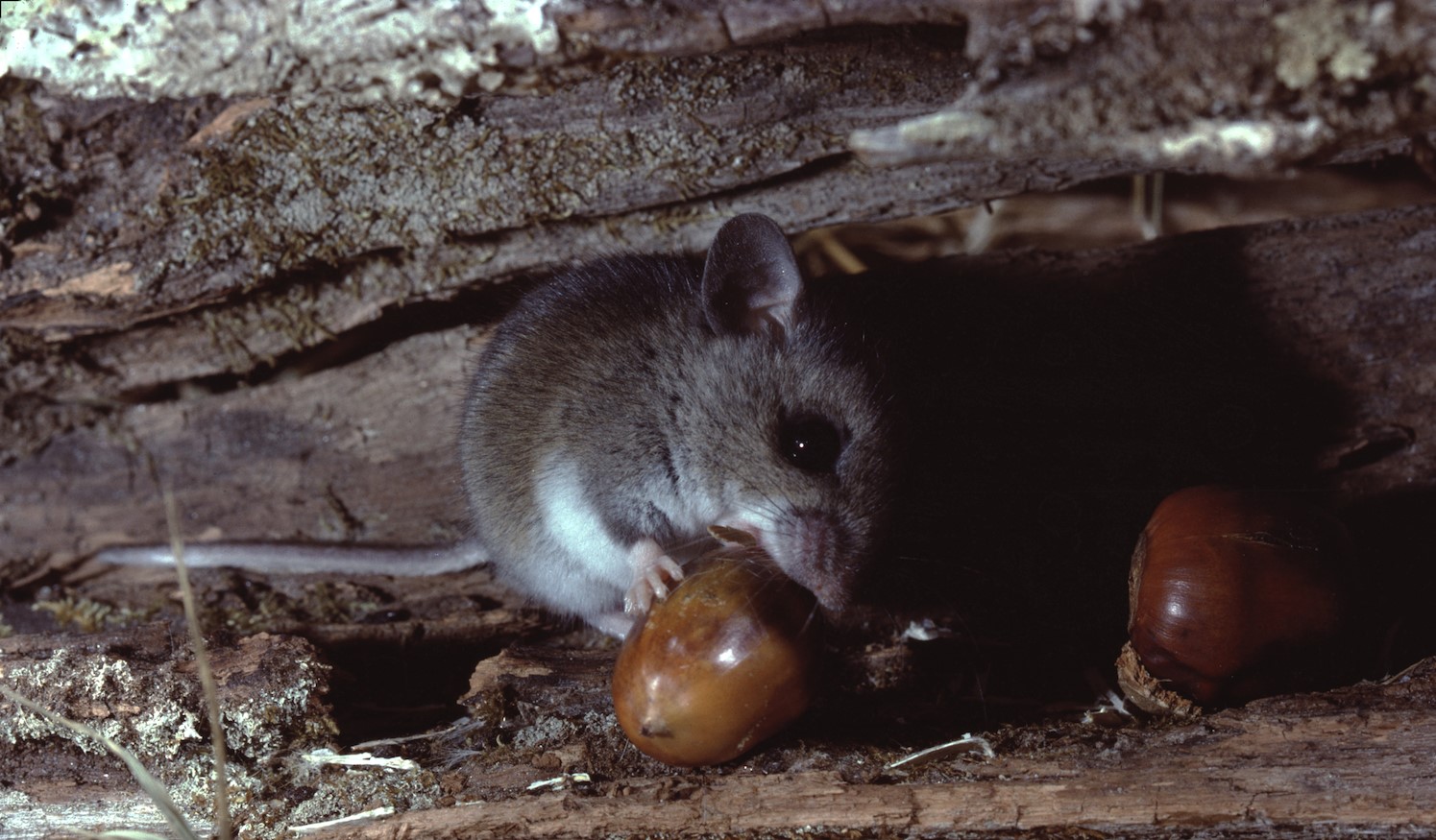The main problem associated with mice and rats is that they make their way into homes and buildings and sometimes cause infestations. The species most often associated with infestations are house mice and Norway rats, Wildlife Illinois reports.
Signs of a mice or rat infestation in a building include droppings and fresh gnawing marks, as well as tracks left behind on dusty or dirty surfaces, IDPH reports. When in homes and buildings, mice and rats can contaminate food supplies and also may pose health risks to humans because of the diseases they may carry.
The best way to keep rodents out of your house is by not allowing them a way to get in, the health department reports. Any openings larger than a quarter-inch should be sealed to prevent mice and rats from entering. Mixing caulk with steel wool will make an effective plugging material. It’s also important to seal cracks in the foundation and around any openings where pipes and vents come into the house, In addition, make sure all your doors and windows fit tightly.
Deer mice, house mice, white-footed mice and Norway rats are not protected by the Illinois Wildlife Code and may be removed without a permit from your property. Trapping is an effective means of controlling mice in a home or building, and it is the preferred method when only a few rodents are present, IDPH reports. When placing traps, set them close to walls, behind furniture and other objects, in dark corners or in places where there is evidence of recent rodent activity.
Poison baits should only be used to control rodents in a building when trapping and securing the home to keep them out have not been successful, IDPH advises. Remember that using poison can be equally as deadly for other animals, including pets who may accidentally come into contact with it and those wildlife who may eat the poisoned rodent, whether still alive or dead. Only buy poison baits from reputable stores, and garden centers, and make sure the product is registered with the U.S. Environmental Protection Agency. Ensure products are labeled for indoor use if you are using them inside, and always follow the directions on the label exactly.
Always wear intact plastic or rubber gloves to remove dead rodents or when cleaning items that have been contaminated by rodents, IDPH advises. To disinfect dead rodents, soak or spray them with a commercial disinfectant containing phenol or a disinfecting solution of 3 tablespoons of bleach in 1 gallon of water. Double bag dead rodents in plastic bags and place them in a trashcan with a tight-fitting lid.
All wildlife in Illinois are under the jurisdiction of the Illinois Department of Natural Resources. The Forest Preserve District of Will County does not treat, rescue or remove wildlife from public or private property. Both the Illinois Department of Natural Resources and Wildlife Illinois maintain lists of wildlife rehabilitators you can contact for assistance with injured wildlife.
(Photos via Shutterstock)

)
)
)
)